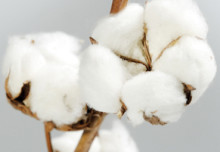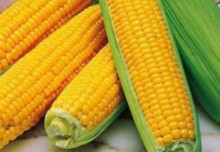Soybean belongs to the legume family and can be of various sizes and colours, including black, brown, blue, yellow and mottled. The seeds are usually crushed to obtain a flour or oil.
Today, it is a primary product with many applications: from an alternative source of protein for vegetarians to the application into car industry.
The United States is the major producer of soybeans, according to data published by the U.S. Department of Agriculture. However, Brazil and Argentina are becoming important producers and together exceed the U.S. China has overtaken the EU as a major importer of soybeans and accounts for 42 % of total imports.
MAIN APPLICATIONS
Human Consumption
Soy is particularly used in the food industry. There have been a lot of research on the health benefits of soy, they should be counted among the low -cholesterol and low incidence of heart disease.
Animal Feed
All the waste from the processing of soybeans, as the pods, can be used as animal feed.
Biofuels
Soy can be converted into biodiesel. A bushel of soybeans yields about 1 liter of biodiesel. The latter can be used to operate cars with engines suitably adapted and is becoming a factor incentive for the production of soy.
Industrial products
Soy is an ingredient found in many industrial products, including oils, soap, cosmetics, plastics, inks, crayons, solvents, and clothing
THE MARKET OF SOYBEAN
The main concern futures contracts for soybeans and soybean yellow are traded on the Chicago Board of Trade (CBOT). There are also separate contracts for soybean oil and soybean meal, for example, a contract for soybean oil is traded on the CBOT contracts and flour are traded in Mumbai and Tokyo.
The factors that affect the price of soybeans are:
- Climate
- Demand from developing countries
- Demand for biodiesel
- Alternative crops






 English
English Italiano
Italiano